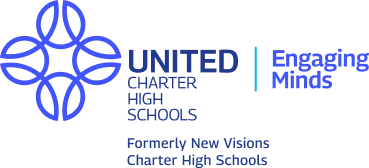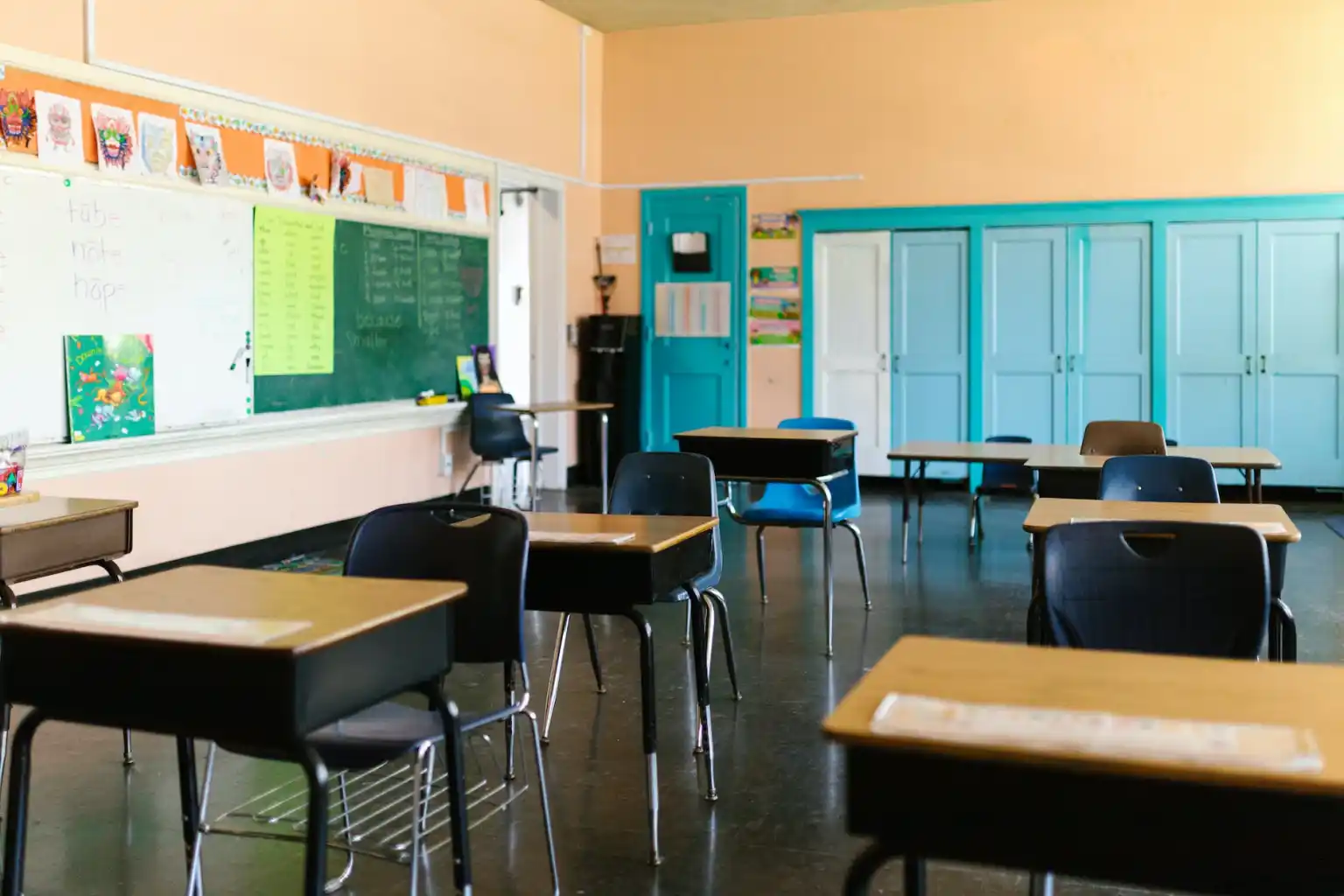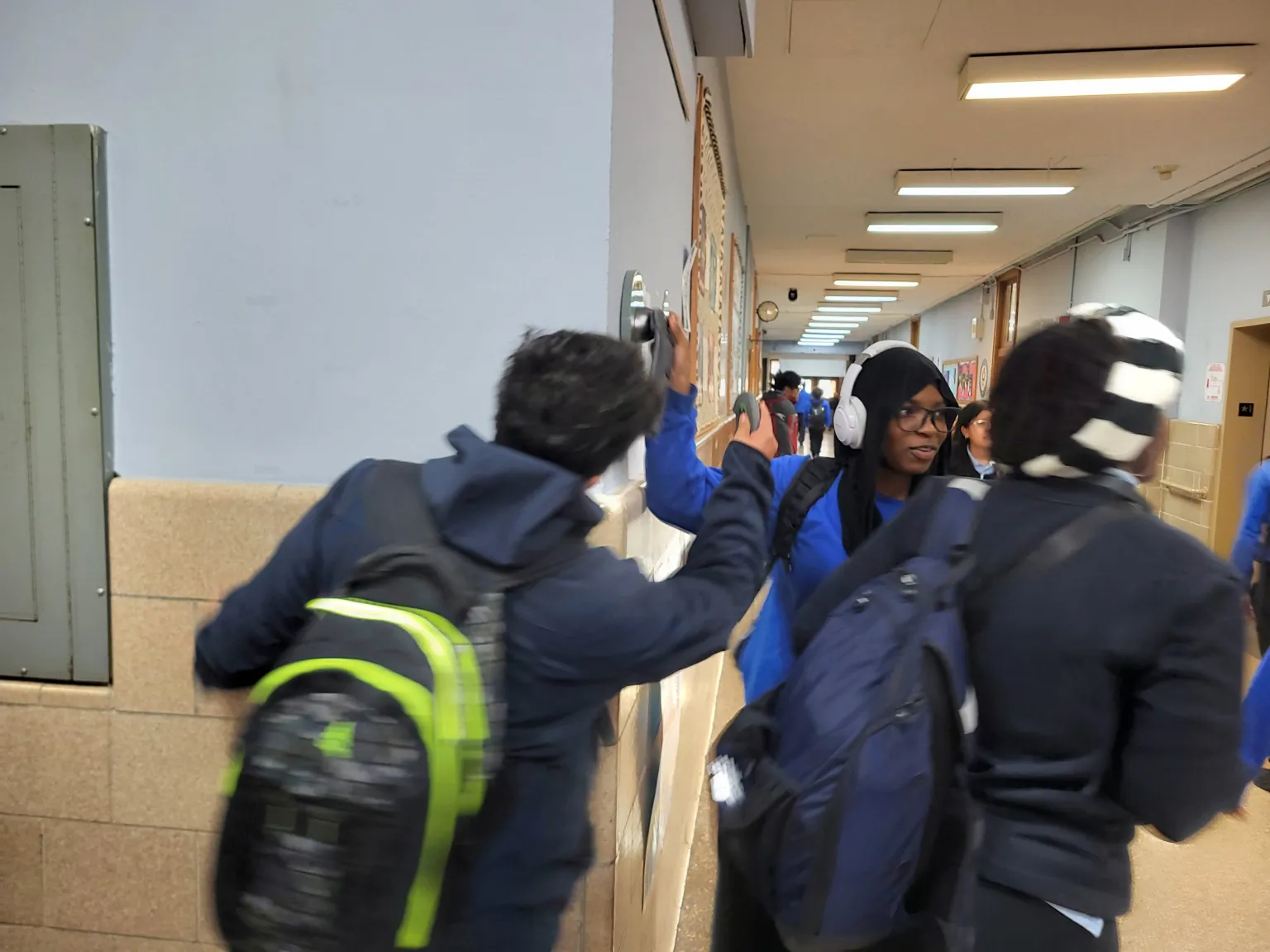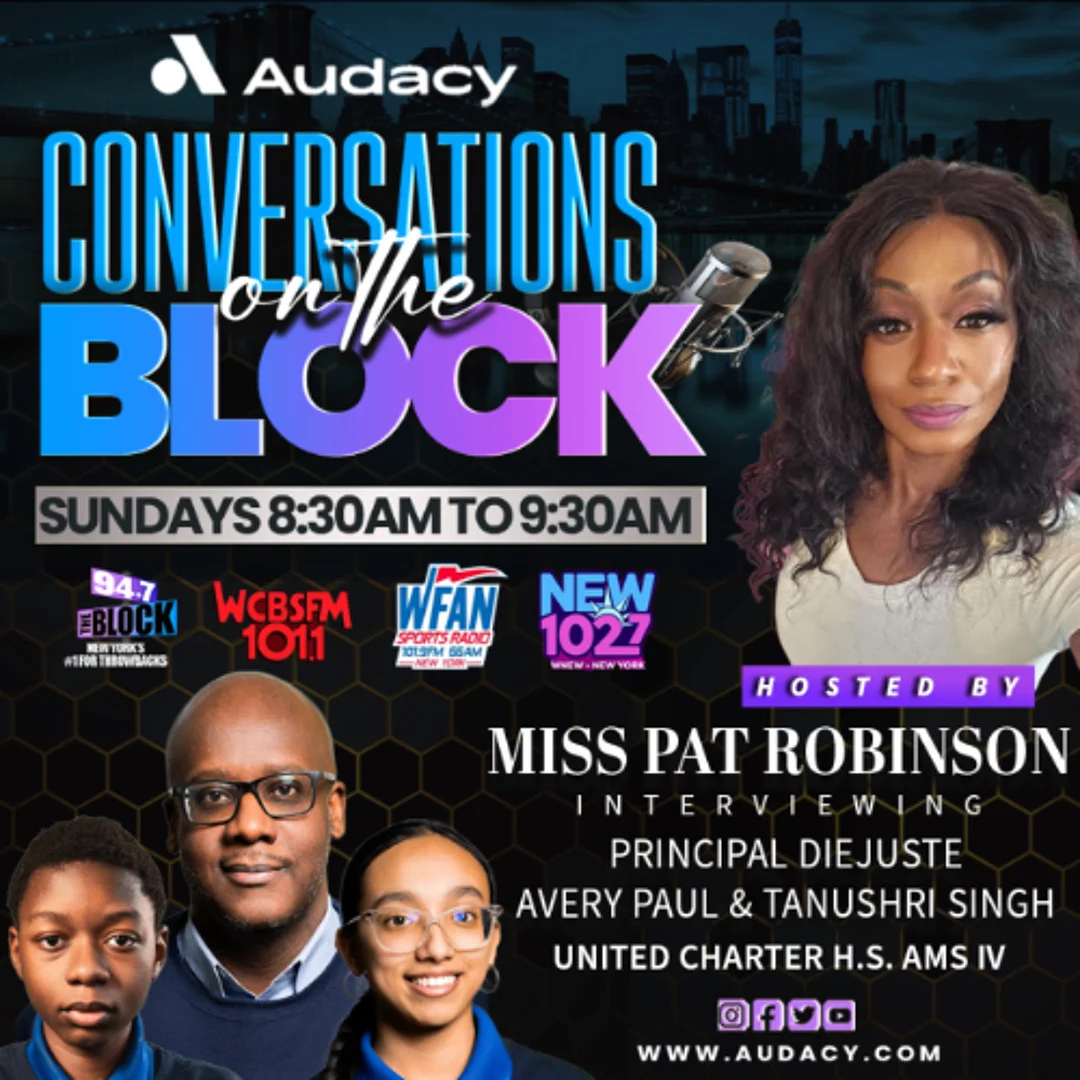The backlash against diversity, equity, and inclusion (DEI) initiatives has been swift and forceful. Across the country, school districts are banning books; reshaping curricula; and retreating from mentions of race, gender identity, and historical injustice. DEI has become a target and a catch-all for cultural resentment. I support many of the aims of DEI — but I also believe this moment offers an important opportunity for reflection, because the backlash, in part, is a reaction to how DEI has been handled. In the period following George Floyd’s murder, corporations rushed to launch DEI statements, initiatives, and task forces. Sadly, much of it was symbolic. There was often more emphasis on show rather than substance. In some cases, DEI became a performance — something to be seen doing, not something to truly live by.
When equity work is hollow, it’s easy to dismiss and hard to defend.
The answer is to ground equity in what truly matters, and in education, the most important letter in DEI is the “I.” If a student doesn’t feel safe in your classroom, they won’t raise their hand. If they don’t feel seen, they’ll disengage. If they feel that school is not meant for them, they may stop coming altogether — a serious concern, given that more than a third of New York City public school students are chronically absent.
Inclusion means every student — regardless of background, ability, language, or identity — feels they belong. I see this every day in my work as CEO of United Charter High Schools in New York City. Our students reflect the diversity of the city itself: Black and Brown students, students learning English, students with disabilities, and students whose families live paycheck to paycheck. We can’t afford to treat inclusion as a side effort. For us, it’s central to everything, from how we teach, to how we counsel, to how we involve families in school life. We don’t need a political agenda to justify this work. The evidence is in our classrooms. When students feel welcome, they are more likely to attend. They learn more and build the confidence they need to take risks, to ask questions, and to lead. I remember watching a student — let’s call her Ana — walk through the doors on the first day of our Summer Bridge program at one of our campuses. She was quiet, clutching her schedule tightly, and scanning the room for anything familiar. Ana spoke English as her second language, and her family wasn’t sure if this school would be a place where she’d belong. But by the end of those three days, everything had shifted. As she participated in our Think Tank workshops, laughed during campus tour games, and shared her story during Humanism Day, Ana’s confidence grew, and she felt seen. On the final day, she stood proudly in our school-gear fashion show, smiling with new friends and sharing her favorite moment: “When I answered a question in two languages and everyone clapped, I finally felt like being different was a strength.” Stories like Ana’s show why, at United Charter High Schools, inclusion is woven into every classroom and every student experience. Summer Bridge and other welcoming experiences are where we begin building a school culture where every student, regardless of background, language, or learning style, knows they belong. That’s not to say the work is easy. As public school educators, we don’t get to choose who walks through our school doors — but we do choose how we prepare for and respond to them. Meeting the needs of a diverse student body takes intention, resources, and constant reflection. In a school, inclusion is something you build, choice by choice, policy by policy, teacher by teacher. If the term “DEI” fades from the public discourse, so be it, but the responsibility to create inclusive learning environments should not be negotiable. Every one of our students is an individual with an identity, challenges, and potential. They deserve classrooms that recognize all three.
Dr. Curtis Palmore is chief executive officer of United Charter High Schools, a network of seven high-performing college- and career-preparatory high schools serving students in the Bronx, Brooklyn, and Queens.





